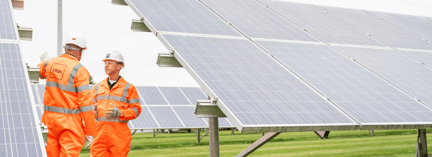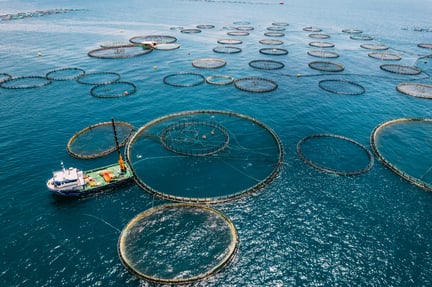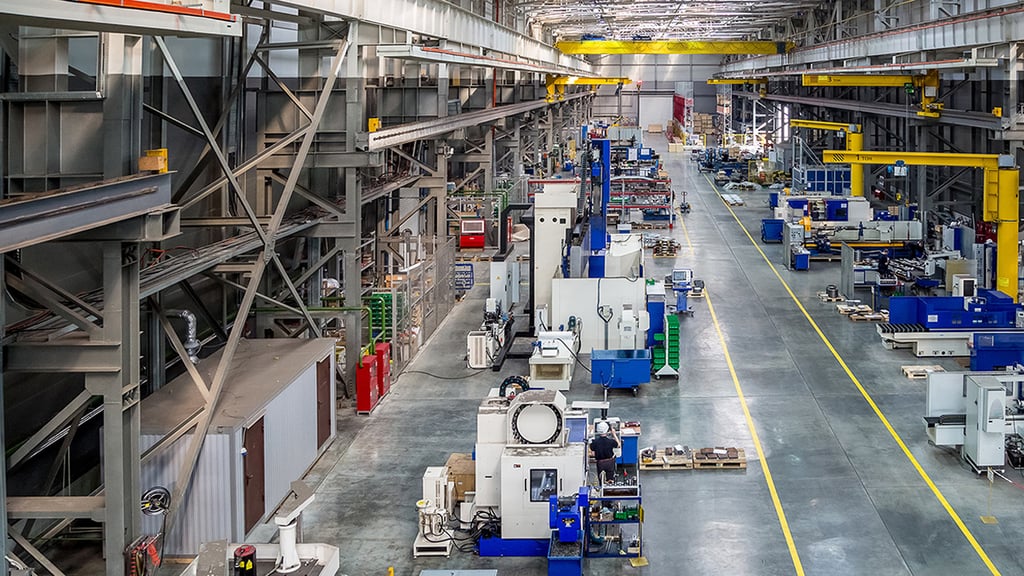Food security has long featured at the edges of climate conversation, but COP30 brings it into sharper and more deliberate focus.
Introduction
Food systems are absorbing the strain of conflict, climate extremes and rising prices and the result is a global reality in which 2.3 billion people, or around 28% of the global population, were moderately or severely food insecure in 2024 (FAO, The State of Food Security and Nutrition in the World report, 2025). The world has talked for decades about the environmental footprint of the food sector. What it has not done is speak openly about the intrinsic truth: safe food is secure food, and until we confront the full circle of risk, we cannot claim to be protecting either.
The conversation now needs the maturity that has been missing. We must move beyond carbon targets and beyond the habit of treating risks in isolation. Food safety, food security, environmental stewardship, economic access and water security form a single, interdependent system.
This is the moment to treat them as such.
Food security and food safety are not separate pursuits
The public often sees food safety as the technical discipline that keeps contaminants out of the supply chain, while food security is perceived as a geopolitical or humanitarian issue. In truth, they are inseparable, and food is not food unless it is safe. A stockpile of grain that is contaminated or unsuitable for human consumption is not security. A field of crops devastated by drought, pests or soil degradation delivers neither safety nor security.
The impacts that compromise food safety are the same impacts that compromise food availability: conflict restricts trade flows, climate extremes reduce yields and degrade agricultural land and economic pressures limit the ability of households to buy nutritious food at all. These are not abstract; they are real and measurable and they are worsening.
If COP30 is serious about safeguarding global food systems, it must make this connection explicit. The industry already understands it; now the attention must shift to the level of governmental investment needed to match that understanding.
Climate extremes are reshaping the foundations of the food system
Wildfires, droughts, heatwaves and flooding now form a persistent backdrop for agriculture and food processing, exerting pressure that reaches far beyond seasonal volatility. They reduce crop yields, disrupt harvesting cycles and accelerate the spread of pests and pathogens. They increase reliance on veterinary drugs, which fuels antimicrobial resistance. They create greater volatility and greater vulnerability across every stage of the supply chain.
A third of agricultural land is already degraded to the point of minimal productivity. This should alarm any policymaker who claims to take climate resilience seriously. It is not enough to focus on regenerative agriculture or alternative proteins in the name of emissions reduction. We must ask a more fundamental question: how do we protect the ability to produce safe food at all?
The industry is ready to do more, but it cannot and should not, do it alone. The burden of climate financing continues to fall heavily on large brands, while agriculture and food systems receive only a small fraction of global climate development funding. If governments want sustainable food, they must help pay for it.
Consumers are not yet part of the solution
There is an uncomfortable truth that must be voiced: in much of the developed world, food consumption is still driven by want rather than need. Consumers demand sustainability credentials but will not tolerate higher prices. They want affordability, taste and convenience above all else. They seek novelty and choice, without recognising that choice itself has a cost.
Rising prices are one of the three primary triggers of food insecurity, yet they are also one of the biggest barriers to increasing sustainability. Investment in water management, soil quality, climate adaptation, supply chain resilience and improved farming practices all require funding. That funding must come from somewhere.
This is not about criticising consumers. It is about honest acknowledgement that education is missing. People cannot support what they do not understand. At present, many consumers do not know where their food comes from, how it is produced or what it takes to keep it safe. Without public understanding, policy ambition will stall.
Water related risk is a reality we can no longer ignore
Water sits at the heart of every food system, yet it remains conspicuously absent from mainstream food security discussions. Food is a thirsty industry. Water is an ingredient in almost everything we consume, a carrier in fragile processing, a necessity for cleaning and sanitation and the foundation of agricultural growth. Without reliable, safe water, food safety collapses. Without sufficient water, food security fails.
Water management and water contamination are distinct but equally urgent concerns. Water management is about stewardship, efficiency and resilience: how organisations monitor usage, protect sources and reduce waste. Water contamination is about safety: how pathogens, chemicals or pollutants compromise the integrity of water used in crops, processing or packaging.
Both demand far greater attention than they currently receive. LRQA has already seen a marked rise in global brands adopting ISO 46001 as they confront the operational reality of water scarcity. For many, it is becoming a critical component of their risk management strategy, not simply a sustainability credential. The standard gives organisations a structured way to measure, manage and improve water performance, which in turn strengthens the resilience of their wider food systems. It is a practical step that demonstrates intent and the pace of adoption shows that industry leaders recognise water security as a strategic imperative.
It would not be surprising to see ISO 46001 become integral to food system resilience, in the same way that established food safety standards underpin the safety of finished products. If COP30 is to be credible on food security, water must be treated as a strategic, not peripheral, issue.
Opportunity amidst the risk
Despite the gravity of these challenges, the industry has extraordinary potential to innovate. Many global brands are already strengthening their resilience by adopting ISO 46001, using the standard to embed more disciplined water management across their operations.
Momentum is building at the agricultural level as well. In the UK, broccoli farmers, have adopted new machinery that enables machine harvesting of a crop traditionally cut by hand. This not only reduces labour intensity but also captures more of the plant, allowing surplus stems to be processed into new, fibre-rich food ingredients. It is a simple example, but a powerful one: waste reduced, yield improved and value created. It is a modest example with considerable significance: when manufacturers optimise their processes, they reduce waste, improve safety and strengthen supply continuity. When brands adopt credible water management systems, they enhance trust while safeguarding a critical resource.
These developments show that opportunity does not sit apart from the risks we face. Innovation at every level of the supply chain strengthens the system as a whole, and the organisations acting early are already demonstrating the benefits.
Calling for one agenda
The current global approach to food security resembles a patchwork quilt. Each piece is valid, yet none are connected strongly enough to withstand the pressure that is coming. Packaging reform, water stewardship, soil regeneration, agricultural incentives, waste reduction and consumer education all exist as isolated initiatives. They will not deliver meaningful progress until they are bound together.
The food sector has the expertise. Scientists, auditors, technologists, farmers, manufacturers and retailers each hold a part of the solution. What is missing is a unified agenda that brings their perspectives into a coherent whole.
If COP30 delivers anything of lasting value, it should be this: a commitment to join the fragments, articulate the whole system and invest in its transformation.
Conclusion
If we want a secure food future, we must stop talking around the problem and begin speaking plainly. Food systems have contributed to climate extremes, yet those same extremes now threaten the safety, availability and affordability of food itself. The industry has a vested interest in stabilising the system that sustains it. Governments have an obligation to support it. Consumers have a role in understanding it.
Safe food is secure food. Until the world understands that, we will continue to debate the symptoms while ignoring the cause.
COP30 is the moment to move beyond platitudes and confront the interconnected reality of food security. The risks are immense, but so are the opportunities. What we need now is a grown-up conversation and a unified plan that treats the food system not as a collection of separate challenges, but as one shared responsibility.
The world is watching
In the spotlight of COP30, every commitment will be scrutinised. Words alone won’t hold, only action that can be seen, verified and trusted will stand up.
COP30
View insights from our experts










